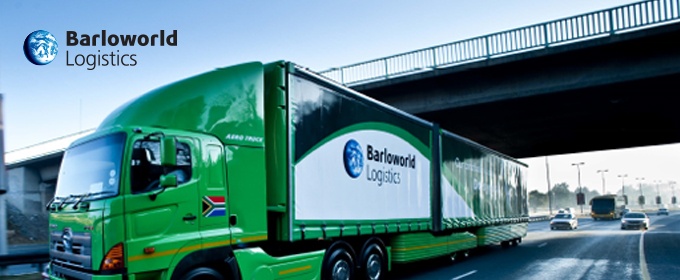
Global population growth is skyrocketing. By 2025, middle class consumers are predicted to increase by approximately 1.8 billion people. This, together with an ever-rising demand for global product, replacement technology, instant-gratification consumerism and a reliance on packaged goods will all compound a waste problem that is potentially devastating. Barloworld Logistics understands that whilst businesses need to remain competitive, a sustainable supply chain – in both mode and design - can greatly contribute to the long-term success of an organisation.
Each advancement made by humans has changed the way that the environment is treated. With the first fires lit in caves, we began creating a carbon footprint. When the Wright brothers first made their historic flight in the early 1900’s, we abandoned cleaner modes of transport to take to the skies. At any given time there are about 5000 planes in the air over the USA alone, extrapolated globally the number becomes staggering. A single flight between London and Singapore in a Boeing 747 is estimated to use 1, 523 barrels of jet fuel. The estimated CO2 emissions of global flight are around 900 million tons. With each new consumer device or appliance, the global average of daily power consumption grows. Our industries, businesses and homes are abuzz 24/7 with the hum of charging and operating devices.With organisations handling a continuous stream of product that needs to be broken down and processed in a way that does not further burden the environment, the question becomes how does industry stem the tide, or is it inevitable that the planet will have to suffer the brunt?
The starting point is for organisations to assess their supply chain, both up and down stream, to create smarter solutions:
- Accessing raw material that can ultimately be used at the end of a product's life, not only save cost on disposal, but shift the cost allocation downstream into manufacturing, creating a chain of value right from the point of origin.
- Re-evaluating the global footprint and sourcing locally can have a marked impact on an organisations carbon footprint by minimising the need for air freight.
- Alternative modes of transport, such as rail, can further create both carbon footprint and cost savings
- Adopting green technologies into the manufacturing process, not only creates efficiency, but can radically alter the waste output of these processes.
- The notion of a circular economy, whereby end-of-life products are broken down and reused can add immense value to the supply chain. The environmental impact of product reuse is obvious, but the financial impact of the resale of waste is a value creator often overlooked by business.
According to Marilize Worst of SmartMatta, business leaders of today need to address several key areas including supply chain visibility, energy consumption, carbon emissions, water consumption, and waste/recycling. There are a variety of powerful technology platforms and tools available to model supply chains and manage the commercial impact of waste in both the short and long term. Indeed, managing the environmental footprint and impact from a corporate perspective is set to become a major business imperative – and those who fail to plan for it will undoubtedly face severe risks in the medium and long term.
More posts from SmartMatta:



